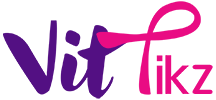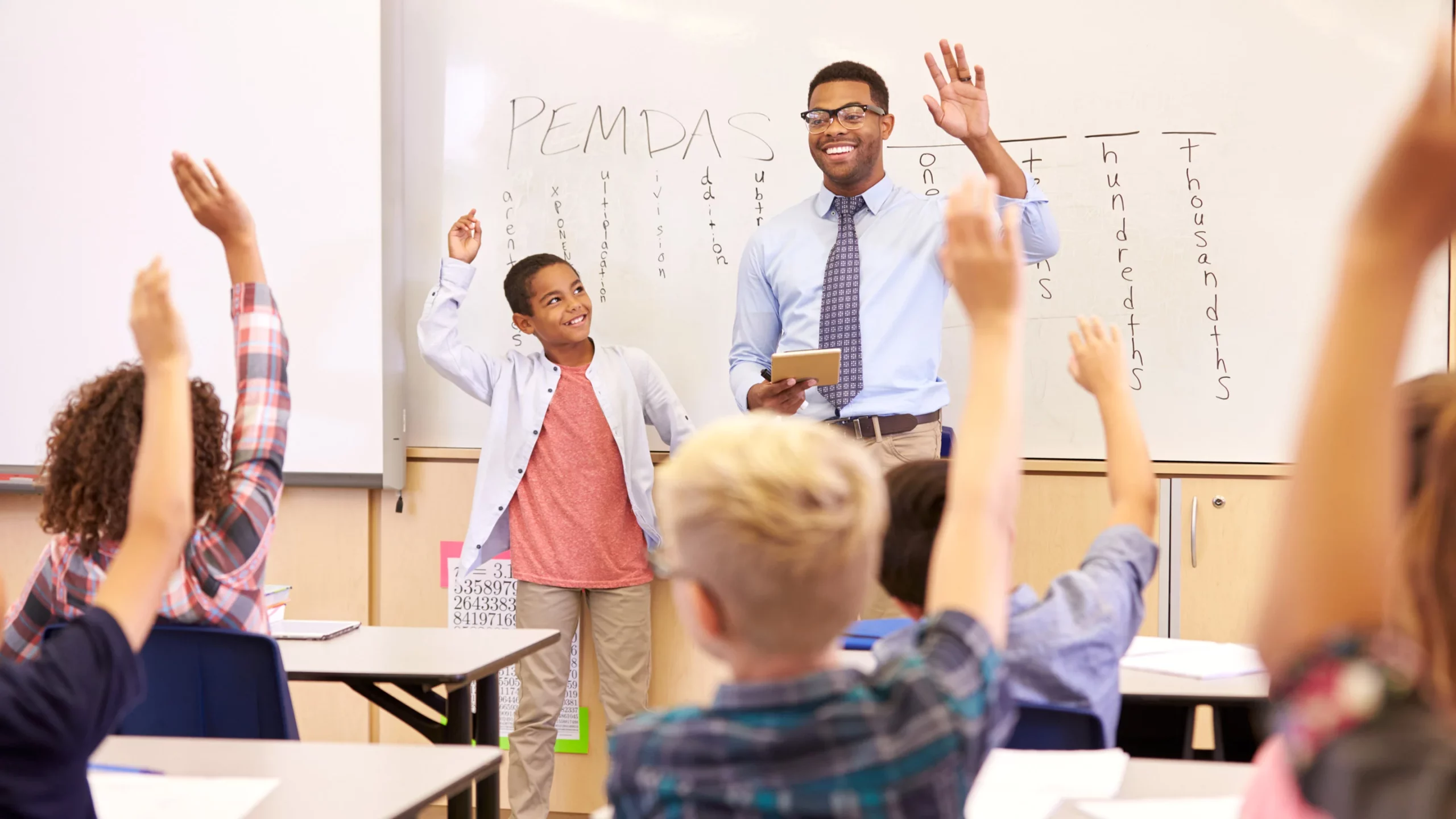Physical Education (PE) is an essential component of education that aims to promote physical fitness, health, and well-being through physical activity. It is a subject taught in schools and colleges that emphasizes the development of physical skills, sportsmanship, teamwork, and leadership qualities.
PE classes typically involve a wide range of activities such as sports, games, gymnastics, dance, and outdoor activities. The curriculum is designed to help students develop their physical abilities and promote healthy lifestyles. Additionally, PE helps students develop a range of social and emotional skills, including communication, teamwork, and leadership.
In schools, PE is often considered an important part of the overall educational program. PE classes are typically taught by trained professionals who have a background in sports science, exercise physiology, and other related fields. They design age-appropriate lessons and activities that challenge students to develop their physical abilities and improve their overall health.
PE classes can be conducted indoors or outdoors, depending on the activity and weather conditions. Some common indoor activities include gymnastics, fitness training, and dance, while outdoor activities can include team sports such as soccer, basketball, and volleyball.
In addition to regular PE classes, many schools offer extracurricular activities and clubs that promote physical activity and fitness. These activities may include sports teams, fitness clubs, and recreational programs.
Overall, PE plays an important role in promoting physical fitness, health, and well-being in schools. It provides students with an opportunity to develop their physical abilities, social skills, and leadership qualities, while promoting healthy lifestyles and habits.
What is Physical Education?
Physical Education (PE) is a subject that focuses on the development of physical fitness, motor skills, and overall health and well-being. It is a discipline that includes a variety of physical activities, games, and sports, as well as educational and instructional elements designed to teach students about fitness, exercise, and healthy living.
In schools, PE classes are typically taught by trained professionals who are knowledgeable about sports science, exercise physiology, and other related fields. These instructors design age-appropriate lesson plans that aim to develop a range of physical and mental skills, including balance, coordination, strength, endurance, and flexibility.
PE classes can include a wide range of activities, such as running, jumping, throwing, catching, kicking, and other movement-based exercises. Additionally, many schools offer team sports such as basketball, soccer, and volleyball as part of their PE programs.
PE is an important component of a well-rounded education, as it promotes physical fitness, healthy habits, and social and emotional development. By providing students with the opportunity to engage in regular physical activity and learn about the benefits of exercise and healthy living, PE helps students develop lifelong habits that can lead to improved health and wellbeing throughout their lives.
Physical Education Curriculum
The Physical Education (PE) curriculum typically includes a range of activities and lessons that are designed to promote physical fitness, health, and well-being among students. The curriculum can vary depending on the school district and the age of the students, but some common components of a PE curriculum include:
- Fitness: The curriculum usually includes lessons on fitness and the benefits of regular exercise. This can include activities such as aerobic exercise, strength training, and flexibility exercises.
- Motor Skills: PE classes often focus on developing students’ motor skills, including balance, coordination, agility, and reaction time.
- Sports: Many PE classes include lessons on team sports, such as basketball, soccer, and volleyball. These lessons can teach students the rules of the game, basic skills, and strategies for playing as a team.
- Games: PE classes may also include non-sport-related games and activities that promote physical fitness and coordination, such as tag, relay races, and obstacle courses.
- Safety: Students are taught about safety rules and procedures when engaging in physical activities. This includes proper techniques for lifting weights, using equipment, and participating in various sports and games.
- Health Education: PE classes may also include lessons on nutrition, stress management, and other aspects of healthy living.
The PE curriculum is designed to promote physical fitness and healthy habits among students while providing opportunities for social and emotional development. The curriculum is often age-appropriate and is designed to meet the needs and interests of students at different stages of development.
Physical Education Topics
Here are some common topics that are covered in Physical Education (PE) classes:
- Fitness and Exercise: PE classes focus on teaching students about the benefits of regular exercise and different types of fitness activities, such as cardio, strength training, and flexibility exercises.
- Sports: PE classes often include instruction on team sports such as basketball, soccer, and volleyball, as well as individual sports like tennis, swimming, and running.
- Health and Nutrition: PE classes may cover topics related to healthy living, such as nutrition, stress management, and the importance of sleep and hydration.
- Safety: Students are taught about safety rules and procedures when engaging in physical activities, including proper techniques for lifting weights, using equipment, and participating in various sports and games.
- Body Systems and Anatomy: PE classes may include lessons on the human body, such as the musculoskeletal system, cardiovascular system, and respiratory system.
- Leadership and Teamwork: PE classes provide opportunities for students to develop leadership and teamwork skills through group activities and team sports.
- Goal Setting and Time Management: Students learn how to set fitness goals and develop time management skills to achieve them.
- Dance and Movement: PE classes may include instruction on dance and movement, such as ballet, modern dance, and hip-hop.
- Outdoor Education: Some PE classes involve outdoor activities such as hiking, camping, and orienteering.
- Adapted Physical Education: This is a specialized PE curriculum for students with disabilities, tailored to their individual needs and abilities.






